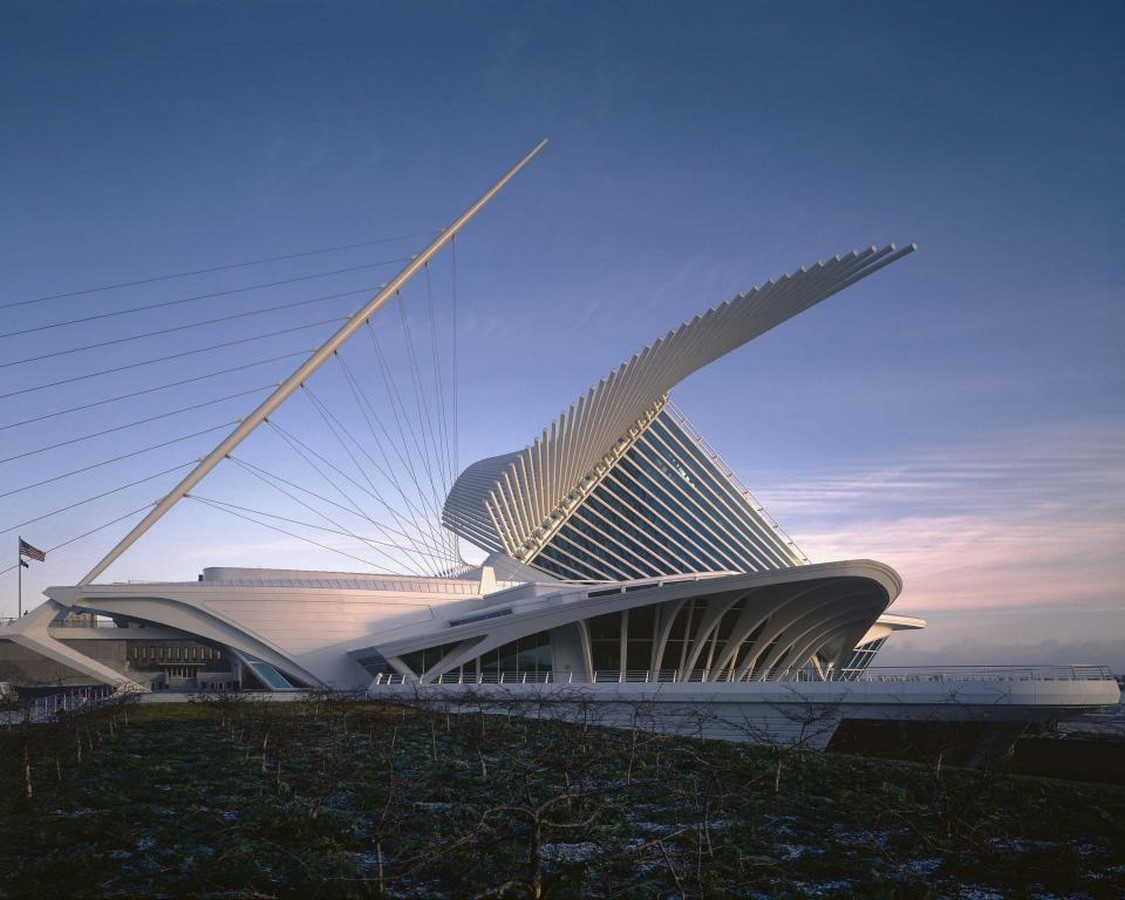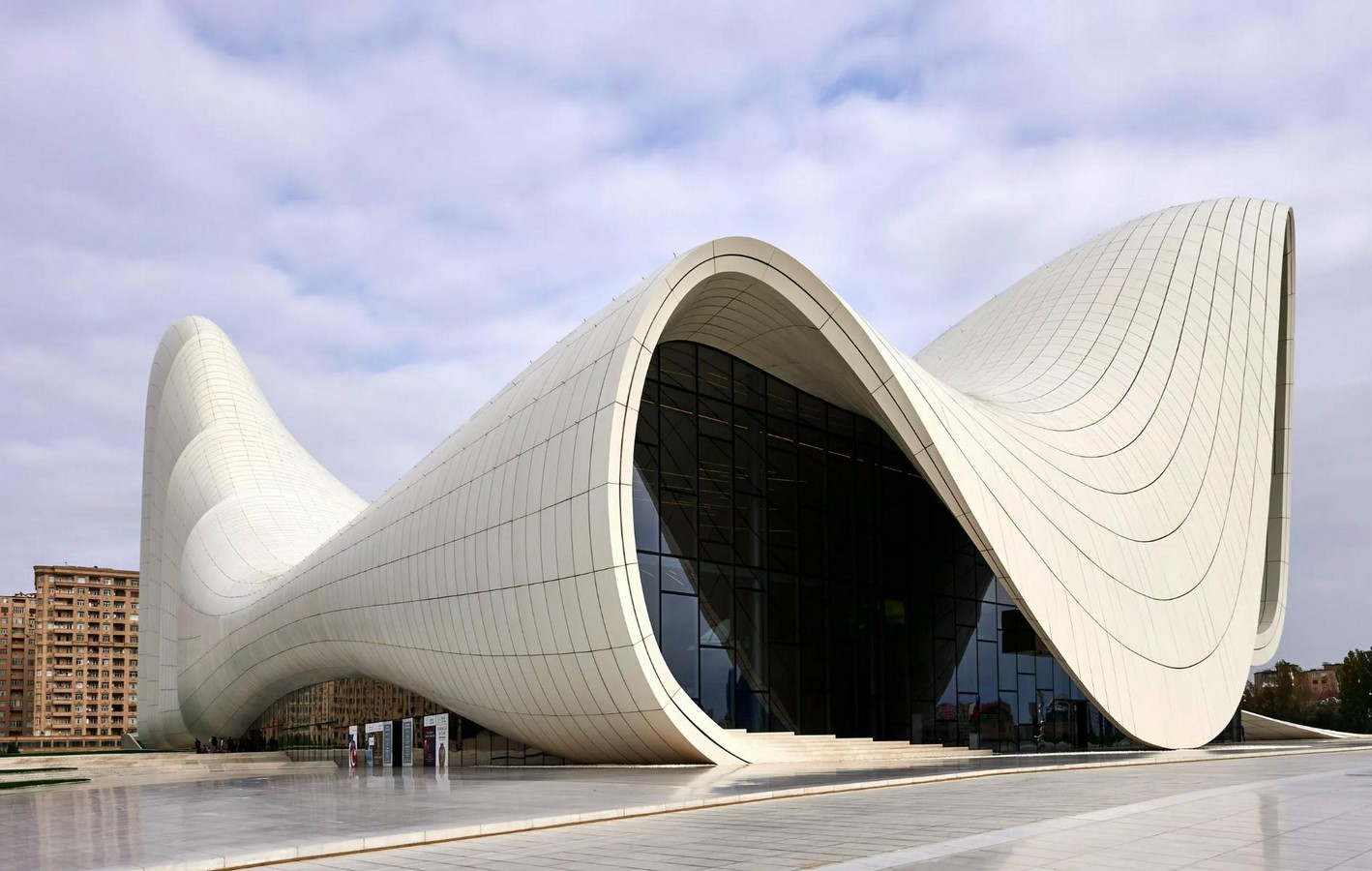When asked the common masses, the most populous stereotypical idea about design is often correlated with the masculine domain having dark, minimal, and heavy elements whereas the feminist domain represents light, floral, and ornate elements.
Back in the 1960s, a psychologist named Erik Erikson created an experiment that proved to be a critical moment in creating a perfect recipe for describing stereotypical masculine and feminine architecture. He gave building blocks to 150 boys and girls and instructed them to create scenery, in which the male came up with buildings, towers, and streets while the girls built walls and interior settings. The scenario of the 60s had women struggling against misogyny, thus women were discriminated against in the architectural realm just like any other.
The inception of the analogy of feminine and masculine architecture came to be, with male architecture labeled as being brutalist, linear, and vertical whereas feminine architecture portrays curvilinear, horizontal, and flat designs. Nowadays, design has transcended beyond the stereotypical, both men and women have indistinguishable design styles.
Some of the architects that reflect feministic attributes are as follows:
Antoni Gaudi
Antoni Gaudi was an avant-garde of his time with his early masterpiece Sagrada Familia and Casa Mila displaying rhythm and a sense of character, having its opulent interior complimenting the exterior.
Le Corbusier
Although the Franco-Swiss architect Le Corbusier was very bold with his structures as they best represented the brutalist movement of his time, his building like Notre Dame du Haut speak otherwise as its flat and curvilinear geometry induces feminity in his architecture.
Santiago Calatrava

The neo-Gaudi of today’s era, Spanish architect Santiago Calatrava portrays the true essence of curvilinear buildings with their nature-defying conventions that leave the viewer astonished. They mostly follow flat and organic forms in their design principle similar to the feministic traits in architecture.
One architect that stands out above the crowd and who became the jewel in the ocean of the industry preponderant by men is Zaha Hadid.
Symbol of feminity
Although she has adhered to the vertical and tall aspects of masculine designs, her work sets a perfect example of feminity. The concatenation of vertical towers dressed by organic skin addresses a perfect balance between lean geometry and a fluid facade.

The proliferation of her work transcends the boundaries of architecture as the unparalleled she has bestowed upon the world goes beyond the dialogue of feminity or masculinity. It would be misinterpreted if masculinity or feminity is pinpointed in her work as Zaha Hadid has risen beyond par in the industry to be known as the driving force of Feminine architecture.
Human body of proportions
It is well known that Marcus Vitruvius Pollio, a Roman author in the 1st century B.C., proposed a new system of thumb rule for symmetry and proportions that shifted the paradigm in design. He believed that the human body, specifically male, demonstrated the mathematical system of ratios that can be used in the field of creativity, art, and architecture.

Another genius of his time, Leonardo da Vinci further built up on Vitruvius’ theories and illustrated the Vitruvius man; A circle with a stretched man placed specifically with his naval pointing outwards to the center, his limbs touching the circumference. The importance of the human body was shined light upon as it became a basis of Renaissance art and architecture, as one can notice in Roman architecture.
Golden Mean-ing in Nature
The harmony at which sacred geometries reside in nature to find a perfect balance in form and proportion is represented by the Golden Ratio. The harmonic relationship created by the union of different parts represents the beauty of the wholeness of forms in nature. The rectangle and square that expands outwards integrates masculinity whereas the spiral that grows inwards integrates feministic energy, creating unity between contradicting characteristics. The Golden Ratio creates an ambiguous relationship in nature, all parts create balance among each other having each of their characteristics retained.

Boys are blue and Girls are pink?
The stereotypical journey begins from the time a fetus places its feet on this planet. “My son is going to have a room with walls painted blue and my daughter with walls painted pink”. The manifestation of the gender debate has been a burning issue for centuries that it has been passed on to the spaces and built environment that humanity lives in today. Masculinity isn’t always about creating dark, rough, and minimalistic spaces symbolic of strength, hardship, and courage. Likewise, feminity isn’t always correlated to lush, bright, flashy spaces which portray softness and compassion.
To say the very least, spaces should not be described as masculine and feminine in today’s day and age. As the golden mean proves, nature as a whole should be looked upon rather than stereotyping and defining it with our cognitive biases of masculinity and feminity.
References :
– Majra De Vries, 2023, ‘Alziend’, Law of Dynamic Balance. Accessed 12 Aug 2023.
https://www.alziend.be/en/gulden-snede/#:~:text=The%20Golden%20Mean%20ratio%2C%20whereby,of%20expanding%20and%20going%20outward.
– Dr Prem Jagyasi and Team, 24 Sept 2019, ‘Dr Prem’, Is there Masculine and Feminine in architecture?. Accessed 13 Aug 2023.
https://drprem.com/guide/is-there-masculine-and-feminine-in-architecture/
– Team Kaarwan, 25 Aug 2022, ‘Kaarwan’, Of Masculine and Feminine: De-gendering Architecture & Design. Accessed 12 Aug 2023.
https://blog.kaarwan.com/of-masculine-and-feminine-de-gendering-architecture-50510fd6f1b4
– Addleton Academic Publishers, Gale, 2014, ‘The Free Library’, Gender analogies in architecture. Accessed 12 Aug 2023.
https://www.thefreelibrary.com/Gender+analogies+in+architecture.-a0381146845















